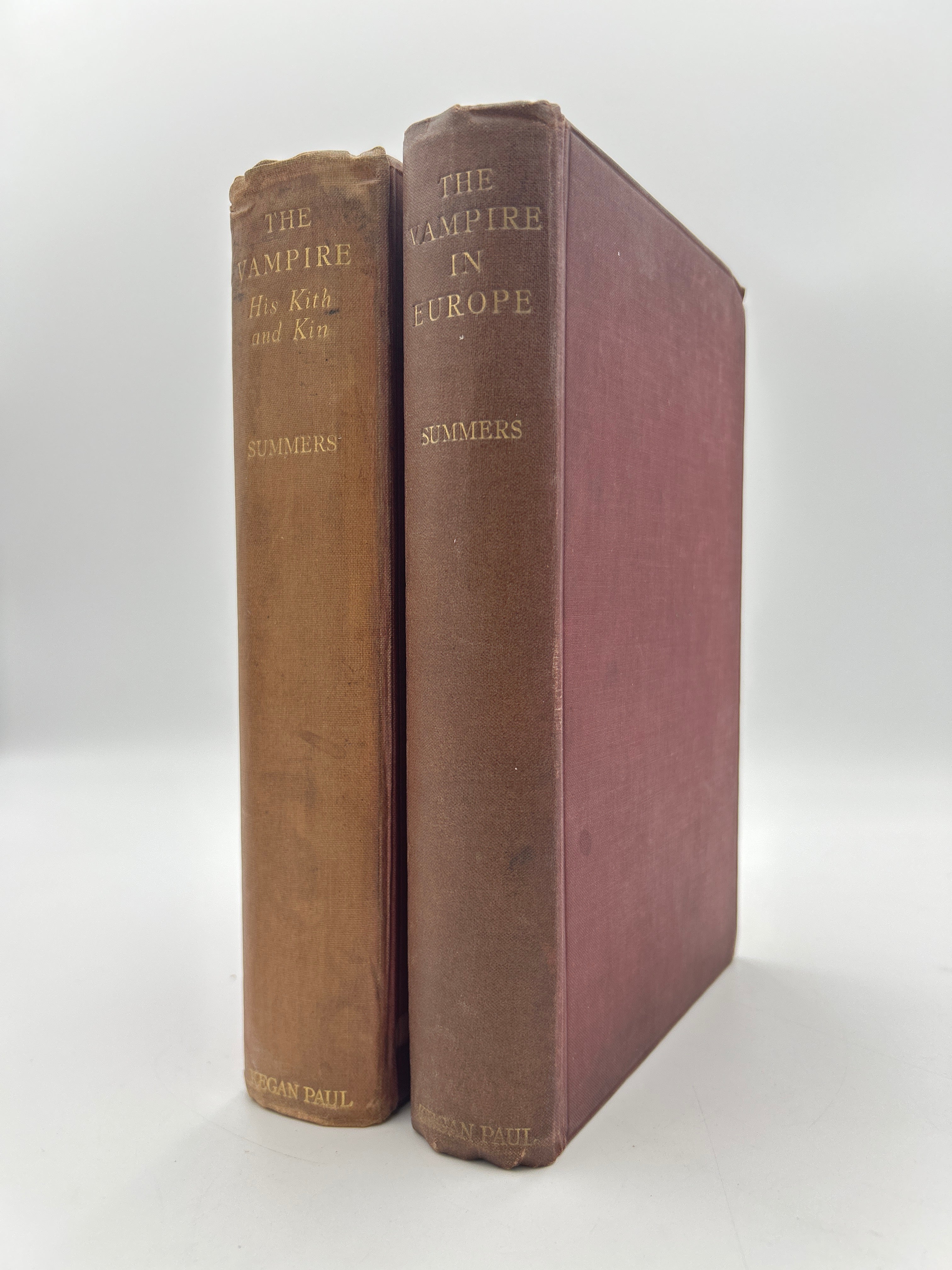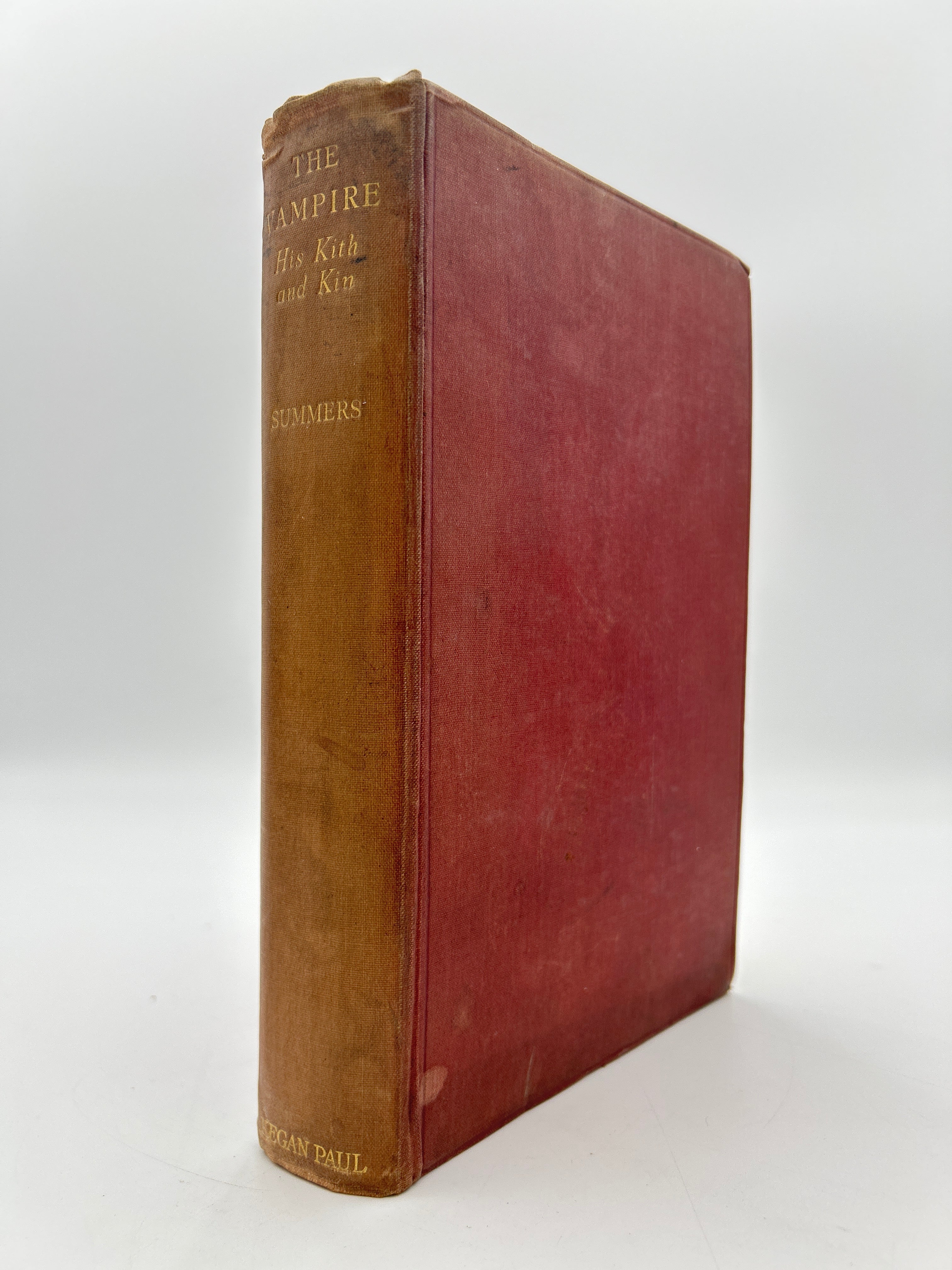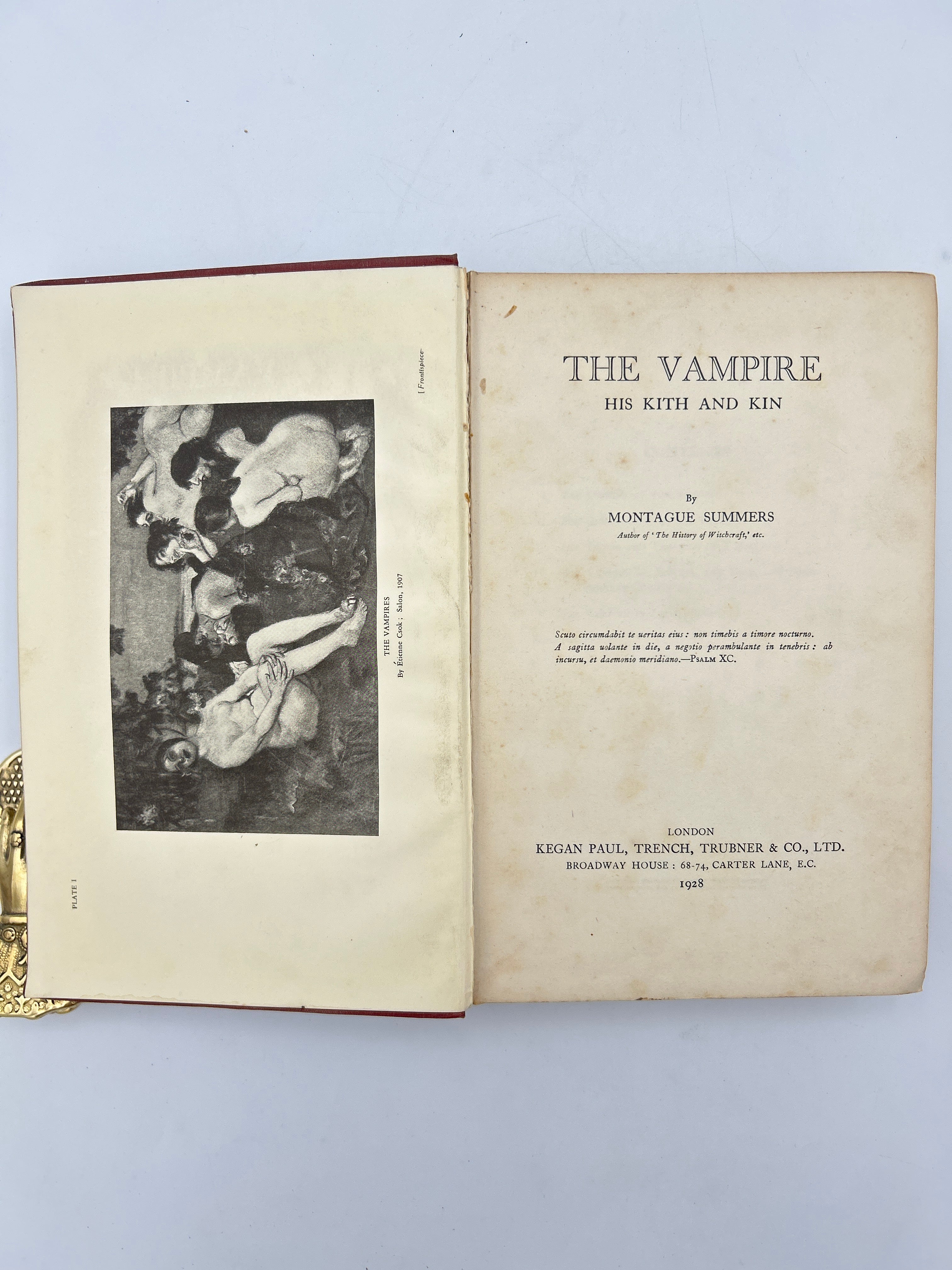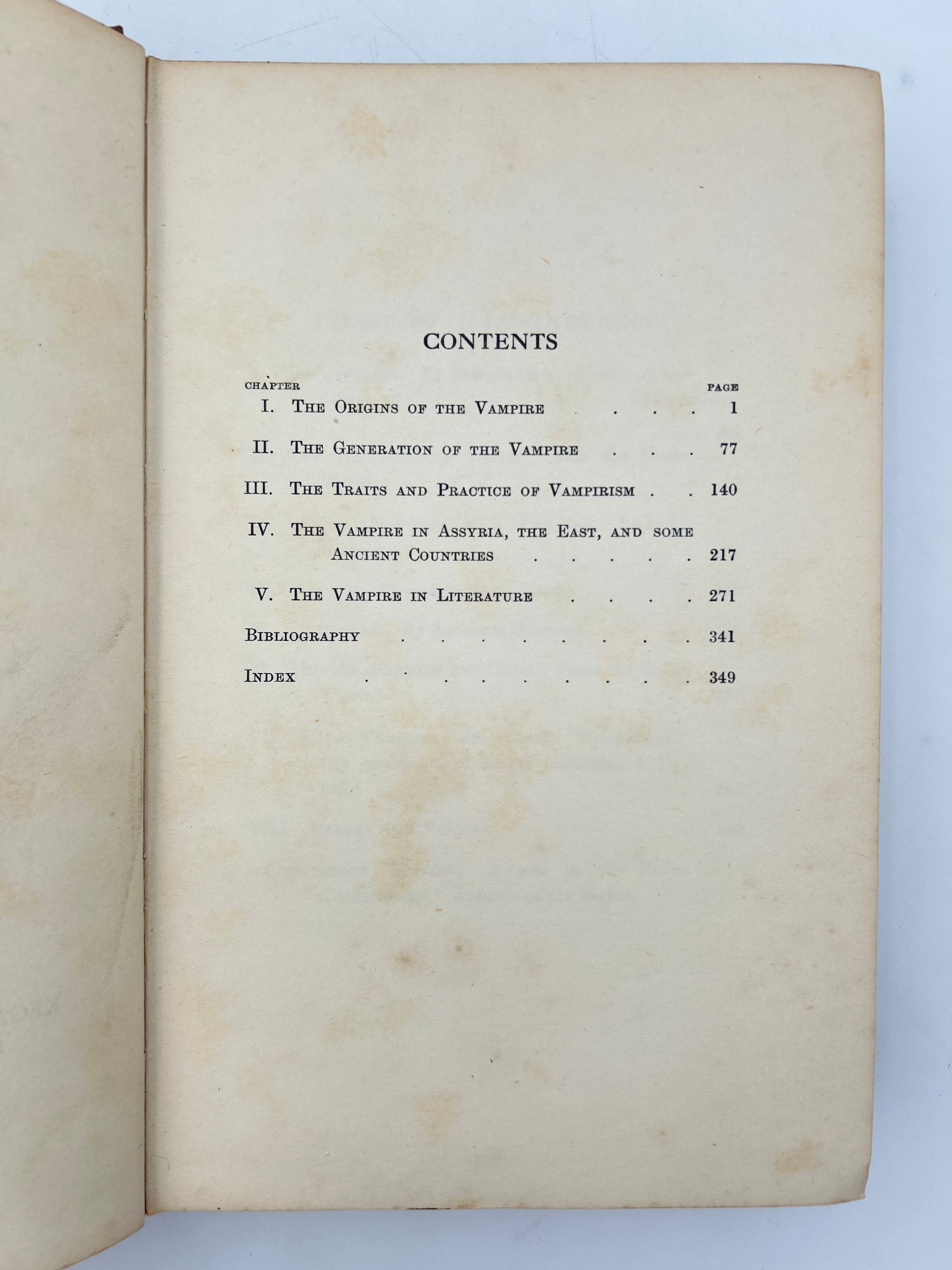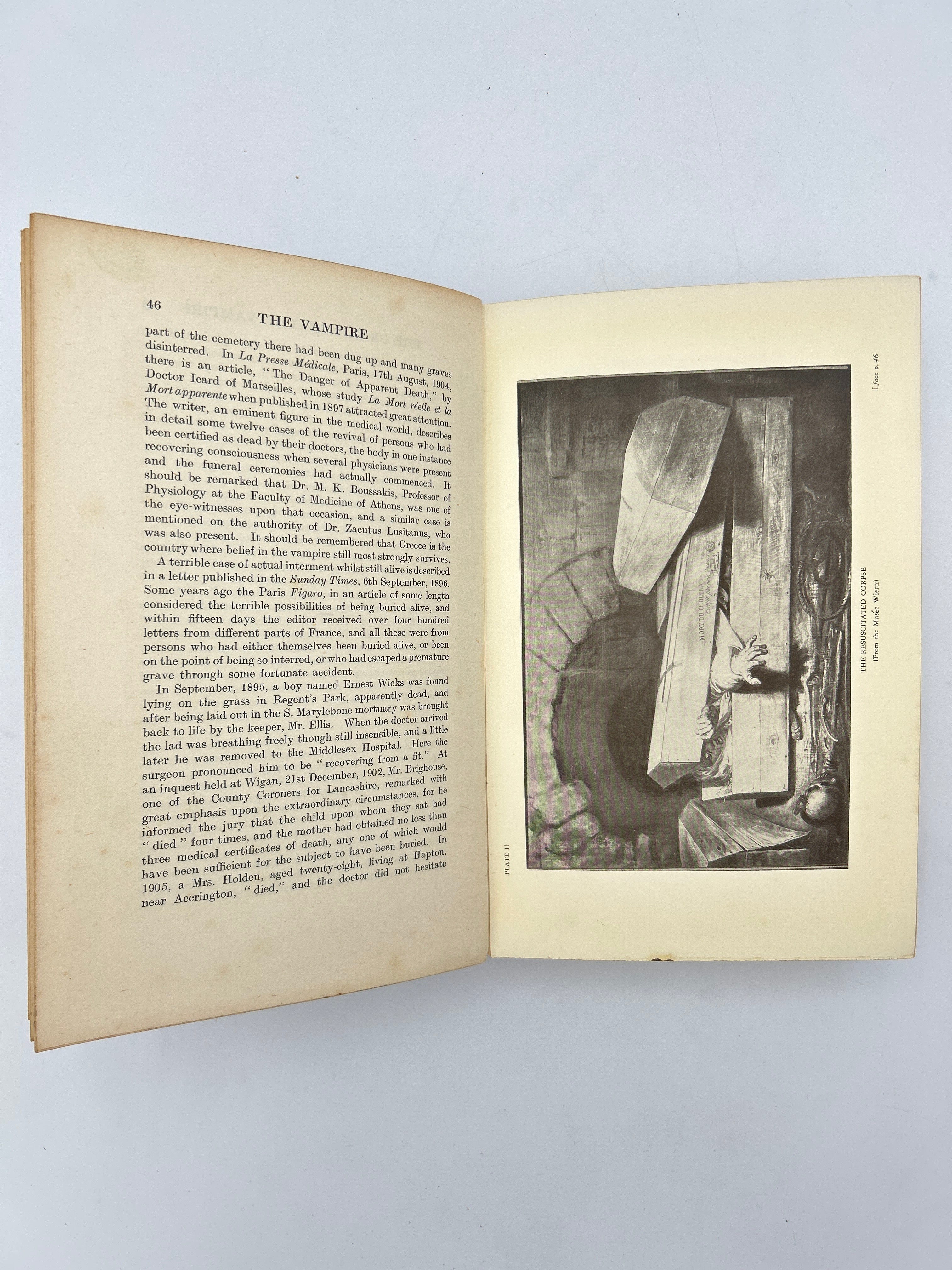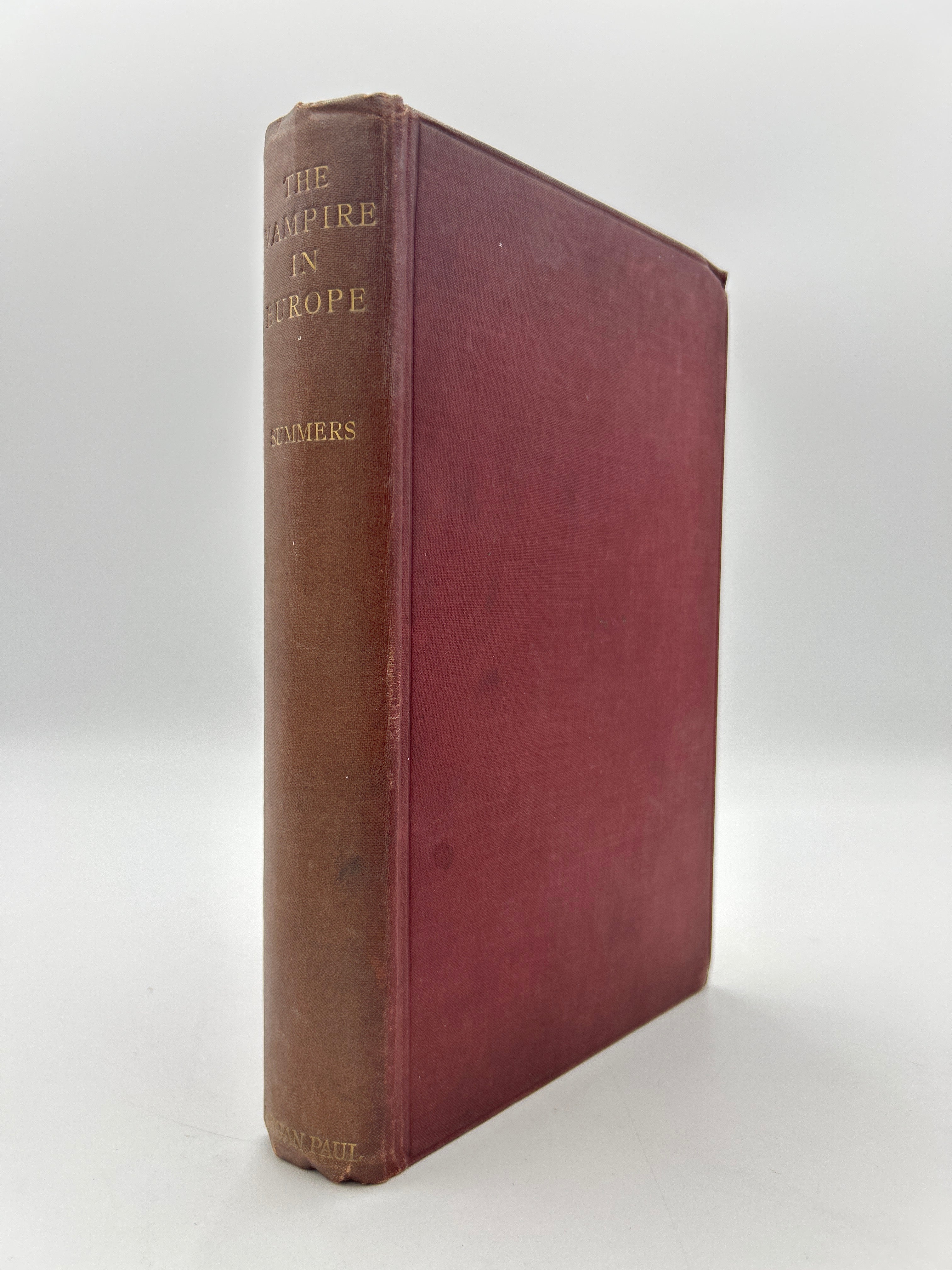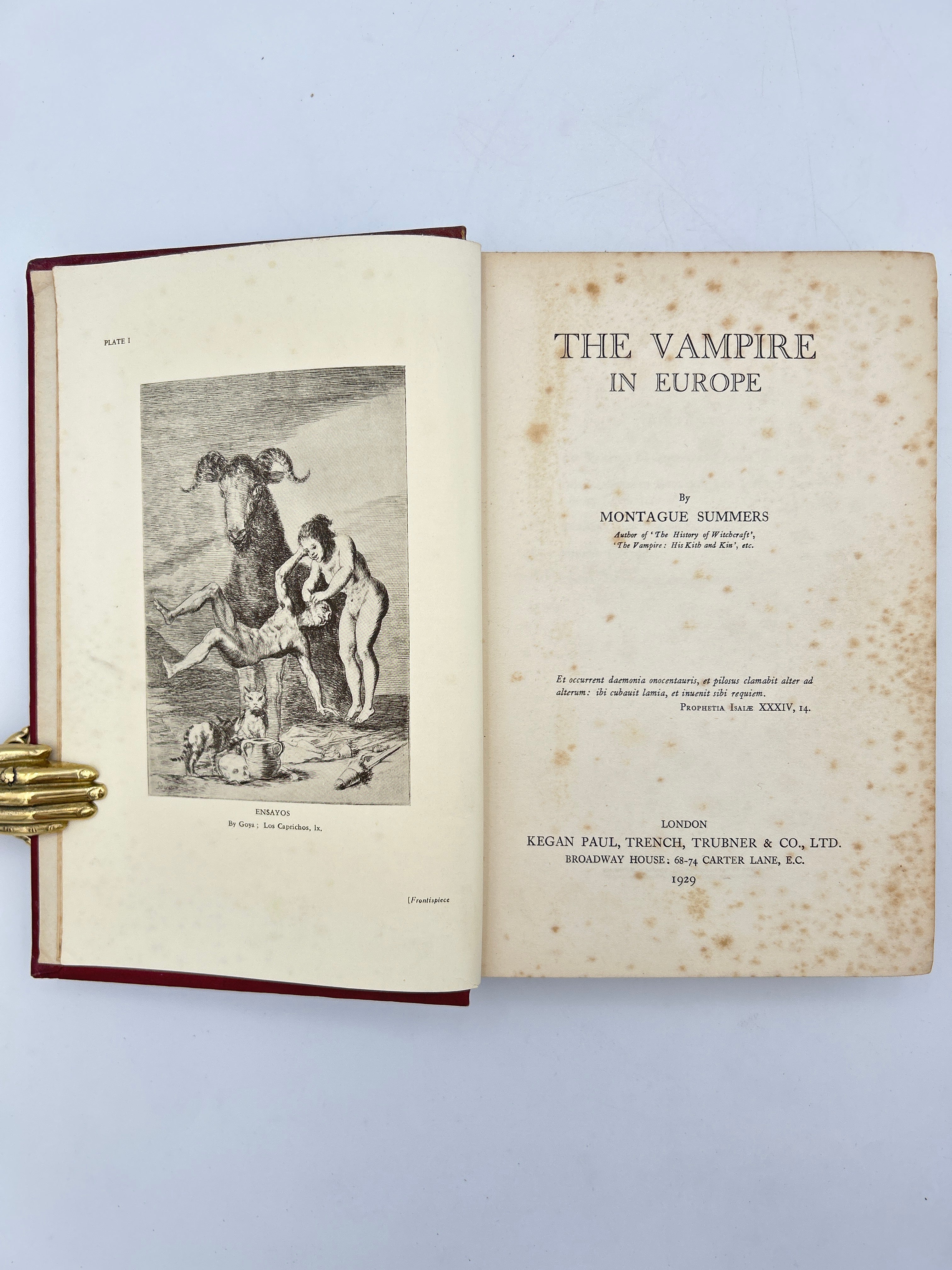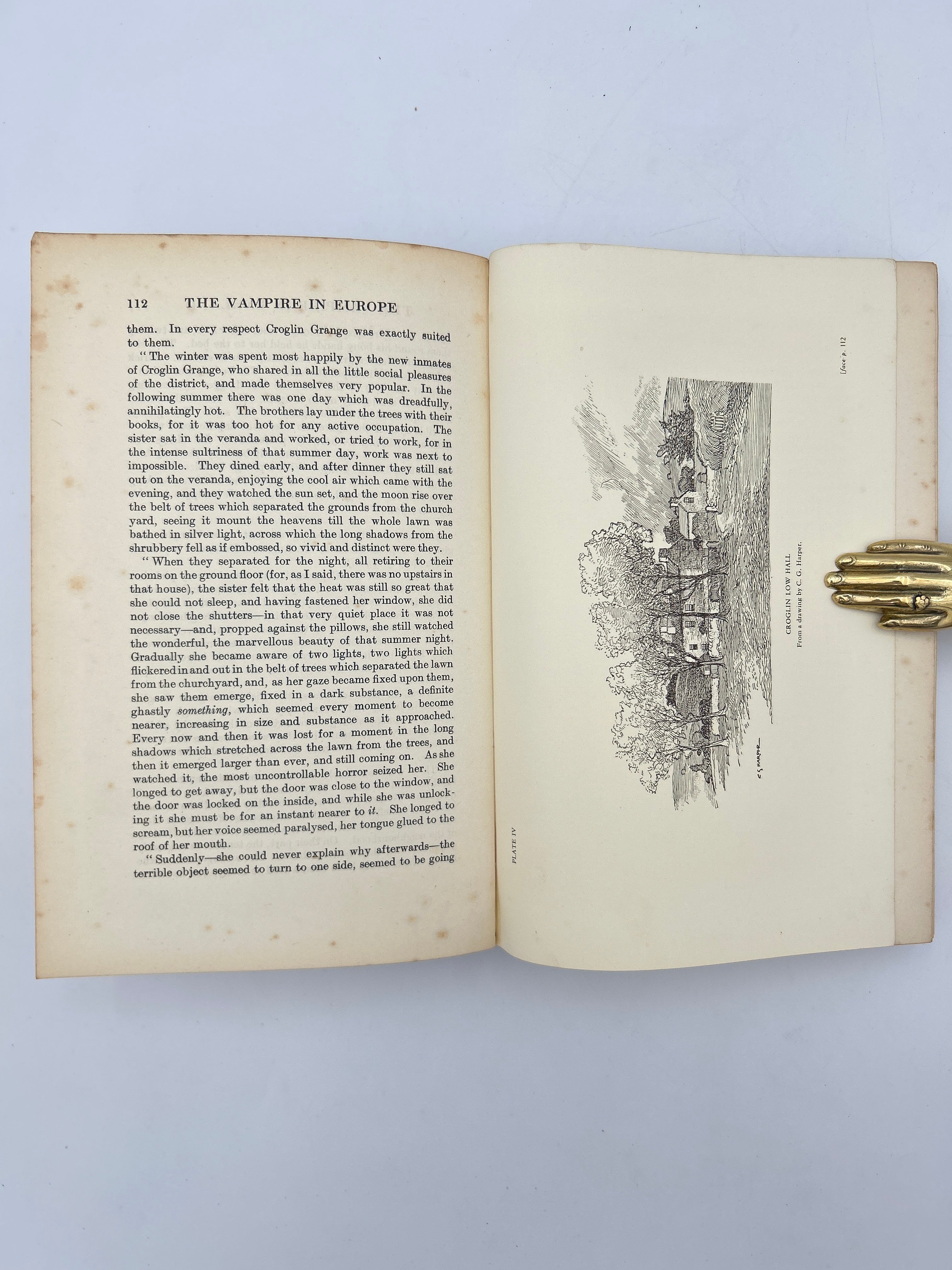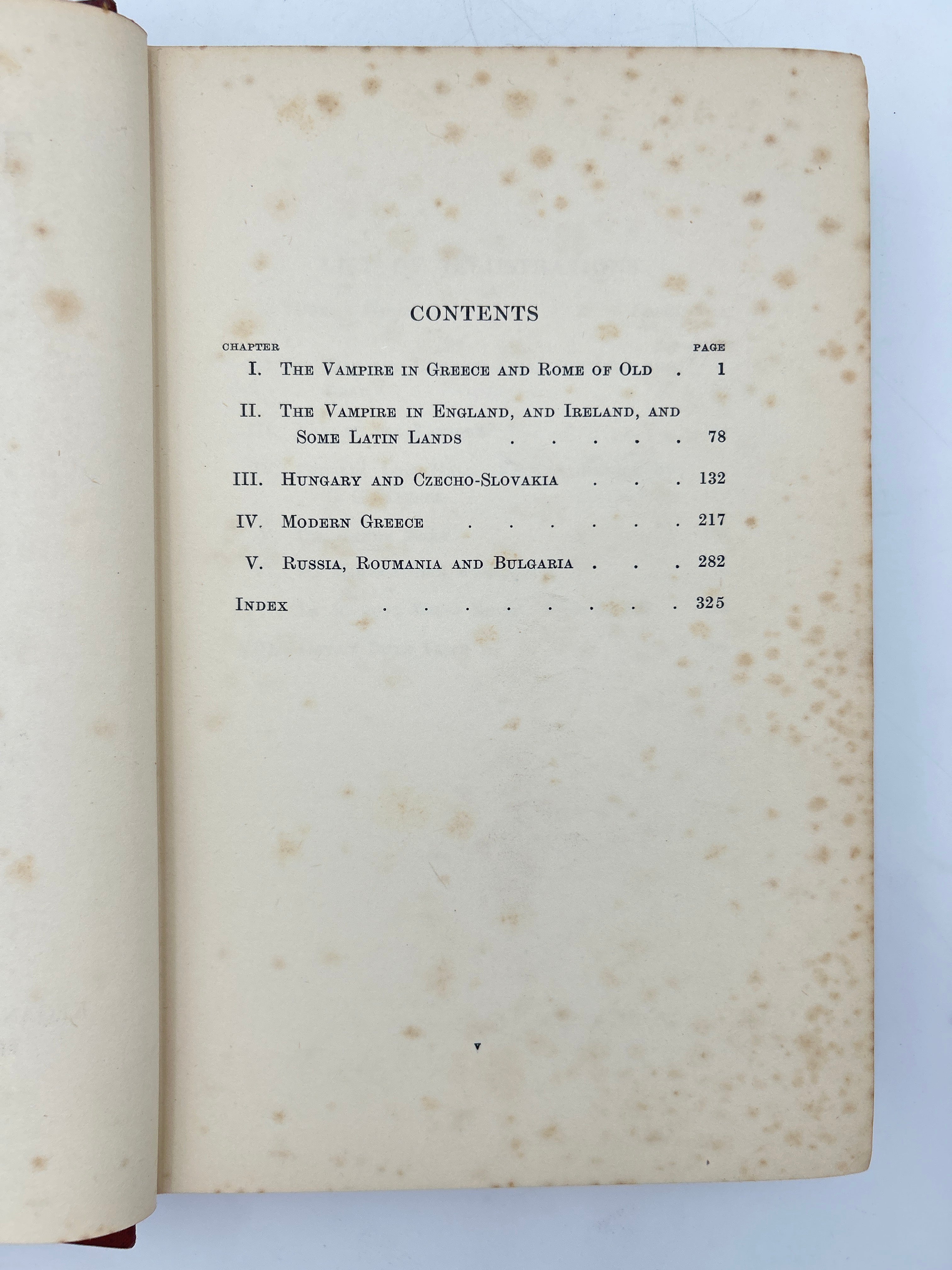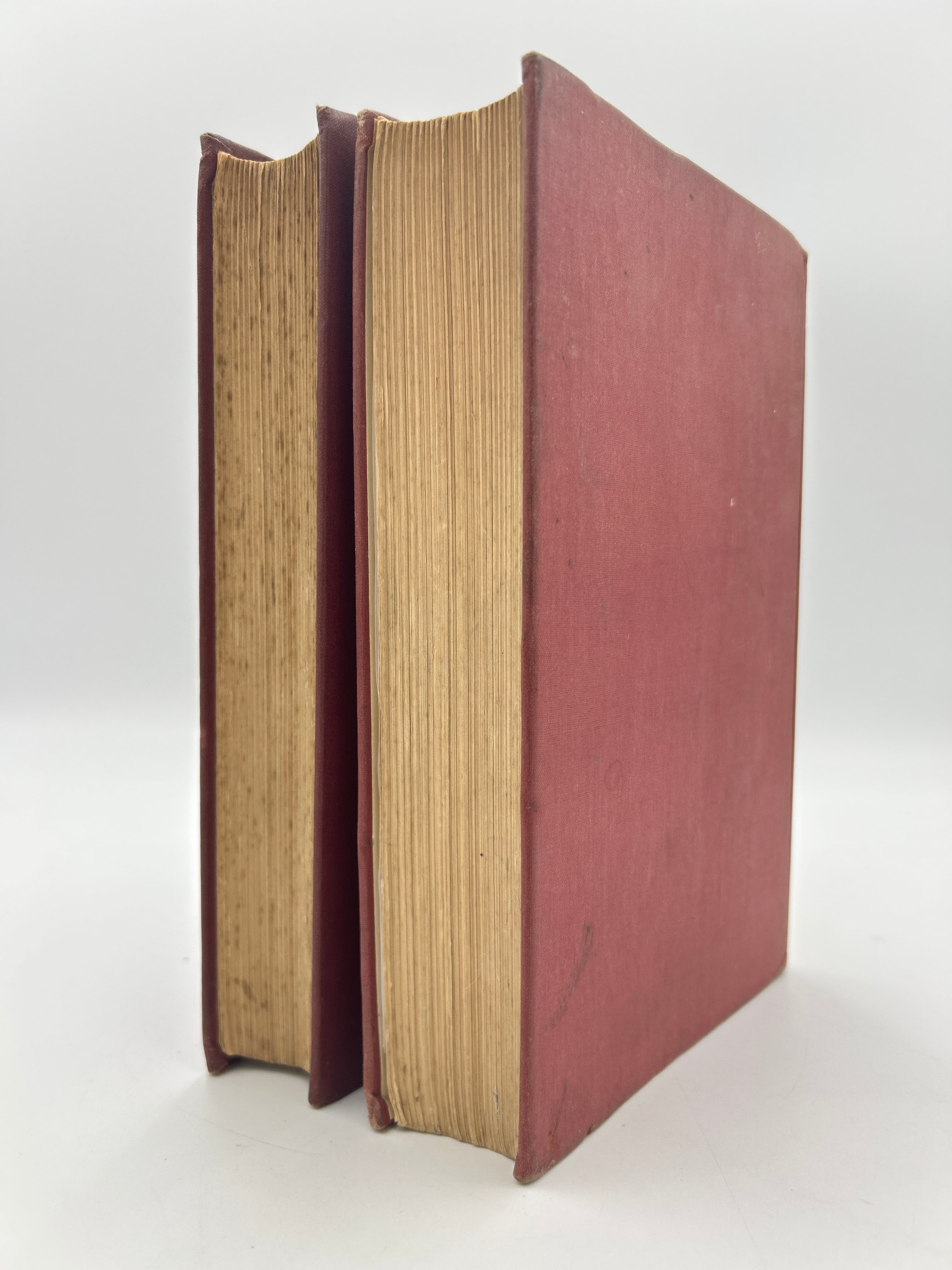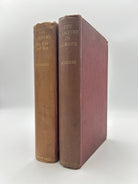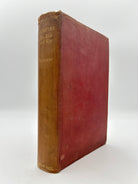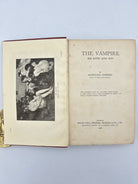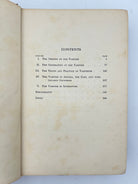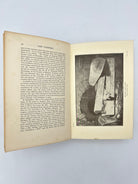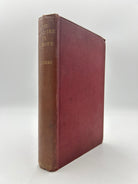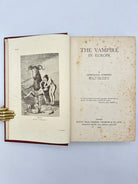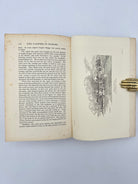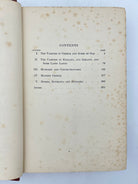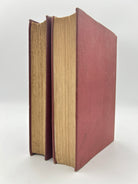The Vampire: His Kith and Kin & The Vampire in Europe
Couldn't load pickup availability
5B Montague Summers. London: Kegan Paul, Trench, Trubner & Co., 1928, 1929. Two Volumes, First Editions.
Notes
The Vampire: His Kith and Kin (1928) by Montague Summers is one of the earliest serious studies of vampire folklore, myth, and belief across cultures. Drawing heavily on historical accounts, church documents, and local legends, Summers treats the vampire not as mere fiction but as a real supernatural threat. The book explores the origins of vampire beliefs, their presence in literature, religious connections, burial customs, and methods of detection and destruction. His tone blends scholarly research with a sensational, almost theological urgency, presenting the vampire as a spiritual menace tied to sin, heresy, and the occult. This work helped to resurrect ancient lore at a time when vampires were becoming increasingly fictionalized in popular culture.
The Vampire in Europe (1929) serves as a companion volume, delving more deeply into specific cases and documented accounts of vampire activity across the continent. Summers compiles historical reports from Eastern and Central Europe—regions traditionally rich in vampire legend—and details trials, exhumations, and ecclesiastical responses to suspected vampirism. He treats these cases with a serious, almost credulous tone, reflecting his belief in the literal existence of vampires. The book reads like an unsettling catalog of supernatural crime, reflecting both the fear and fascination that vampiric legends inspired in pre-modern societies.
Montague Summers (1880–1948) was a controversial and eccentric figure: a defrocked Anglican turned self-styled Catholic priest and scholar of the occult, demonology, and Gothic literature. He approached subjects like vampires, werewolves, and witches with an unusual blend of theatrical seriousness and spiritual conviction—insisting, for instance, that vampires were not just folklore but real, undead beings aligned with evil. His unapologetically supernatural worldview and exhaustive documentation of vampire lore gave legitimacy and historical depth to the subject, influencing later writers, filmmakers, and academics. Summers' work helped to bridge the gap between folkloric vampire traditions and the modern vampire mythos, playing a significant role in shaping how we think of the vampire today—not just as a creature of fiction, but as a deeply rooted cultural archetype. It’s been said “it is because of Summers that the modern serious study of the vampire figure exists today.” And Summers himself describes his endeavor as a setting forth of the “philosophy of vampirism.”
Description
Brick-red cloth, two volumes with gilt lettering to spines. Both with eight illustrations. Front pastedown with bookplates of D. A. King of the Colleges of St. Salvator and St. Leonard in St. Andrew’s. Without dust wrappers. Fading to spine more noticeable in first volume. Bumping to head and foot. Rubbing to extremities. Some minimal foxing in both volumes heavier in the second.
